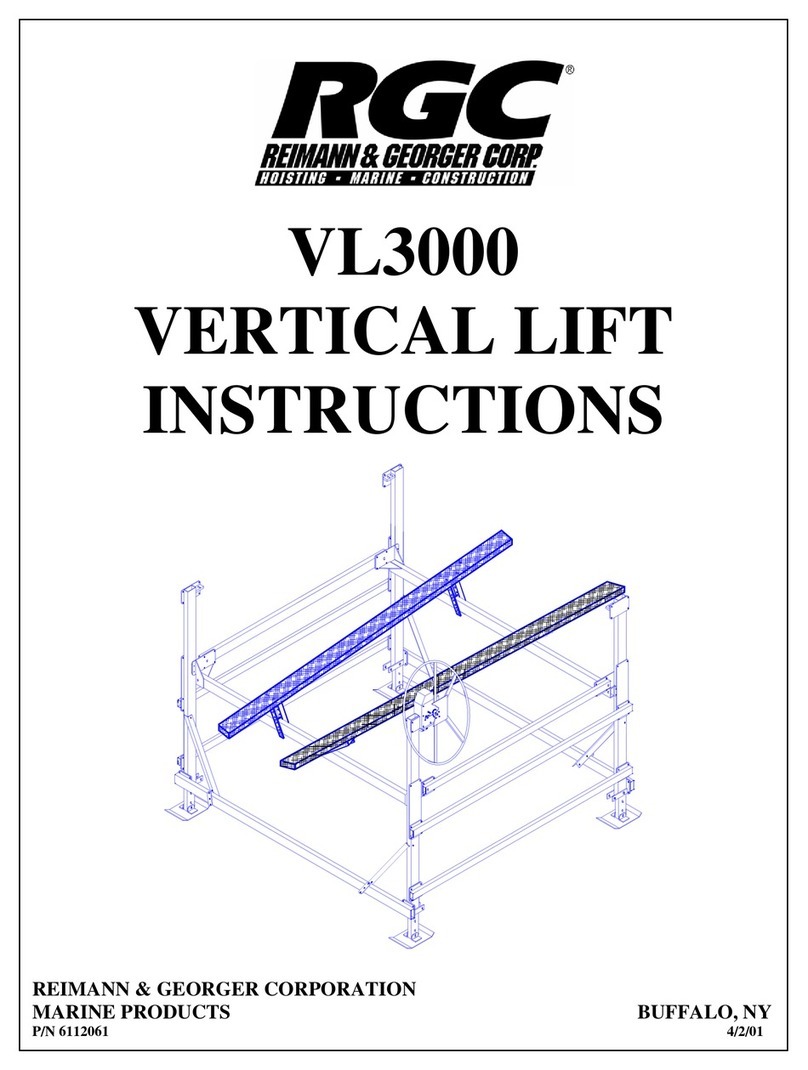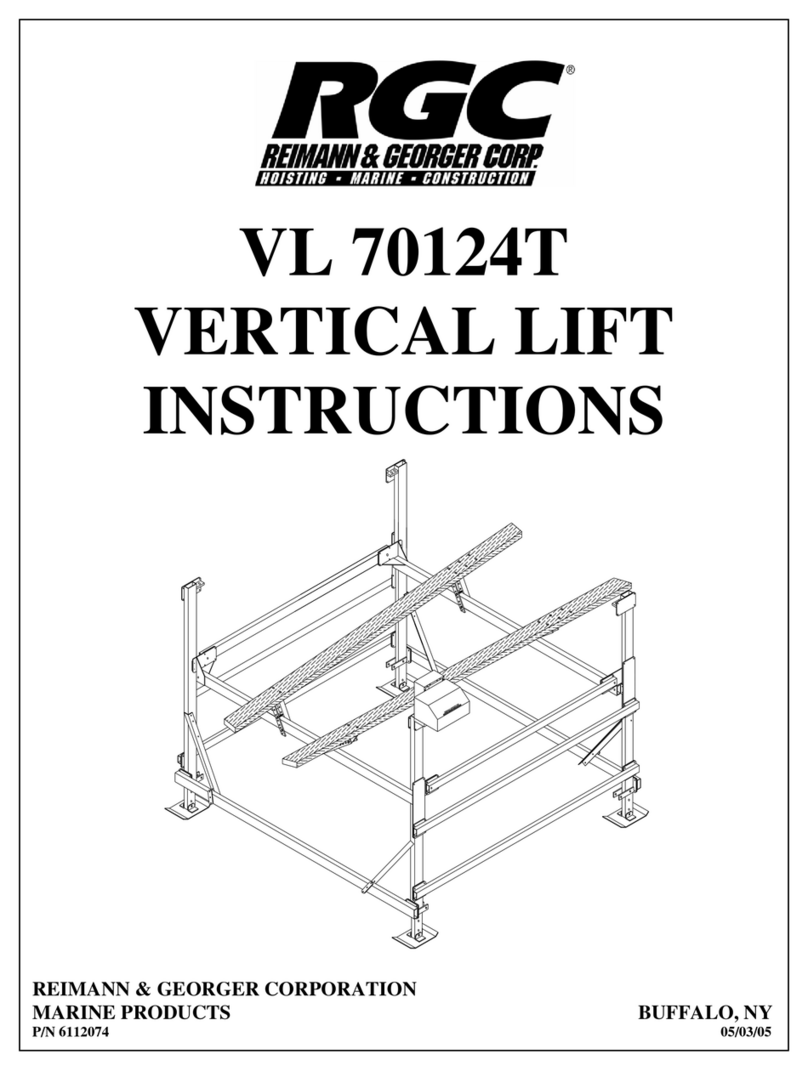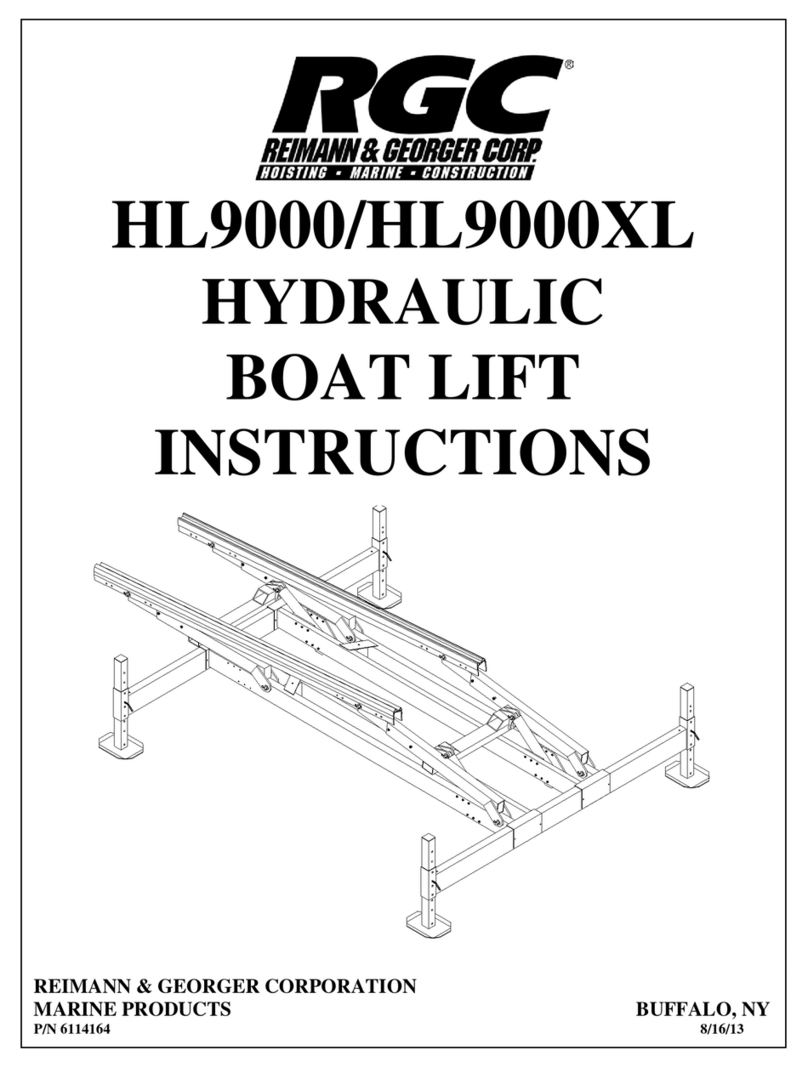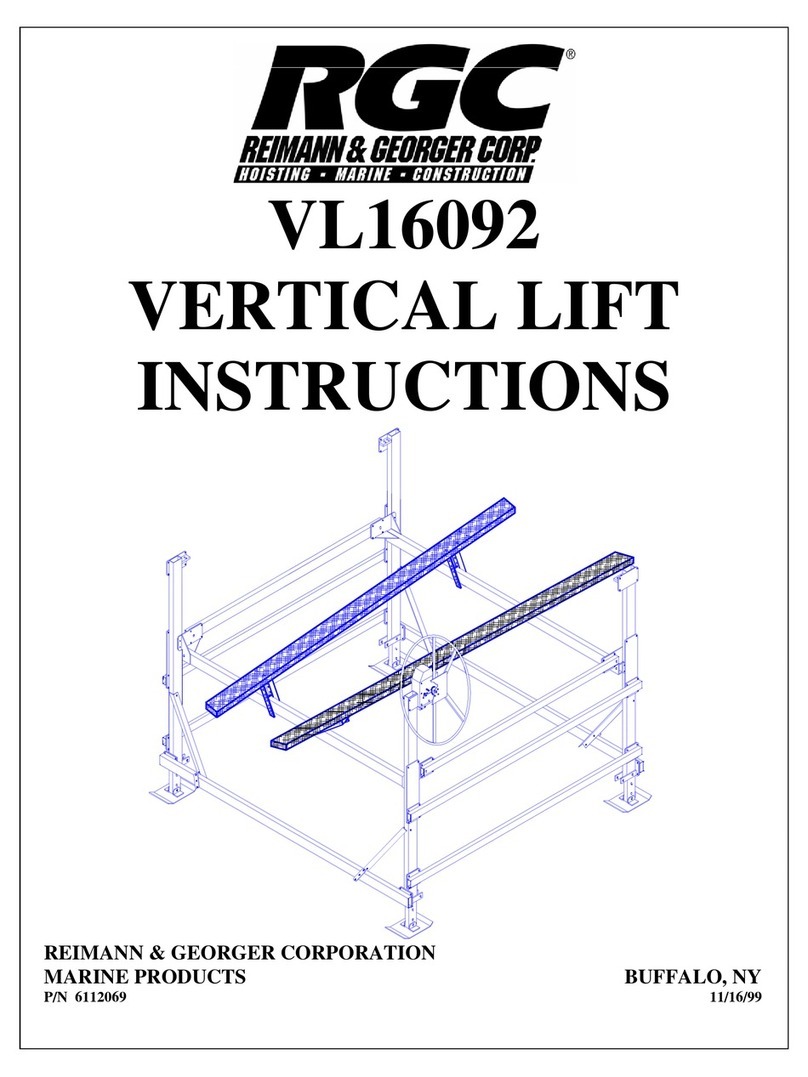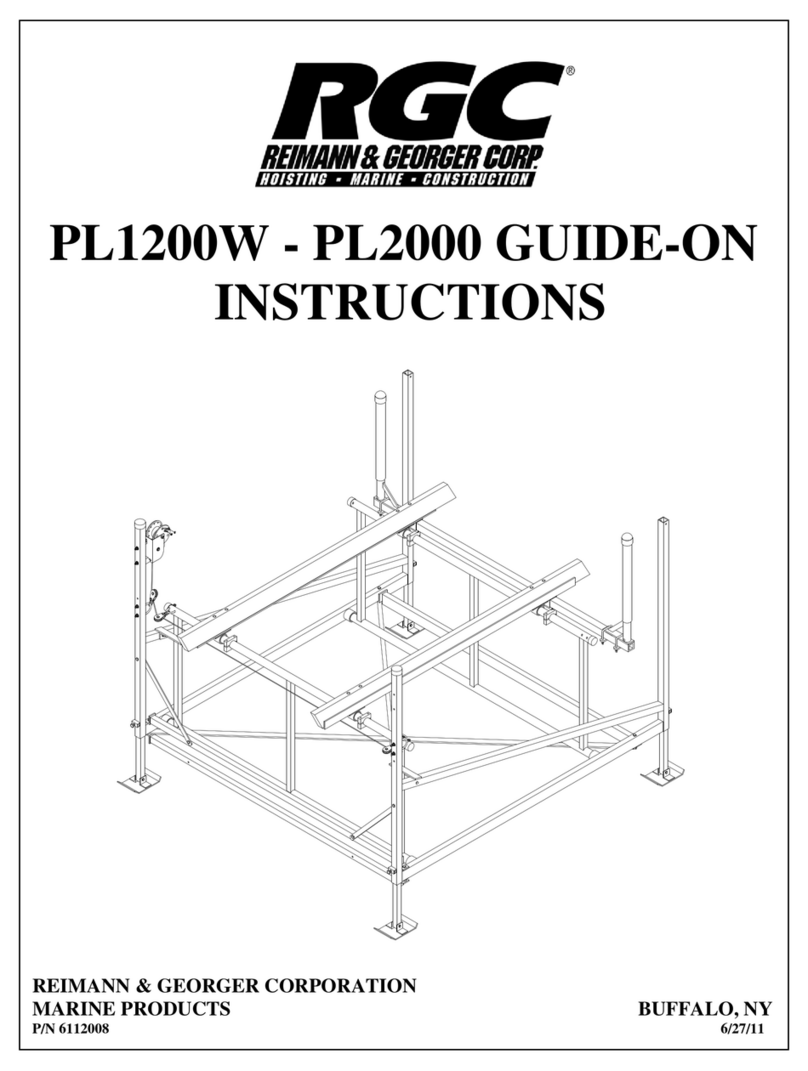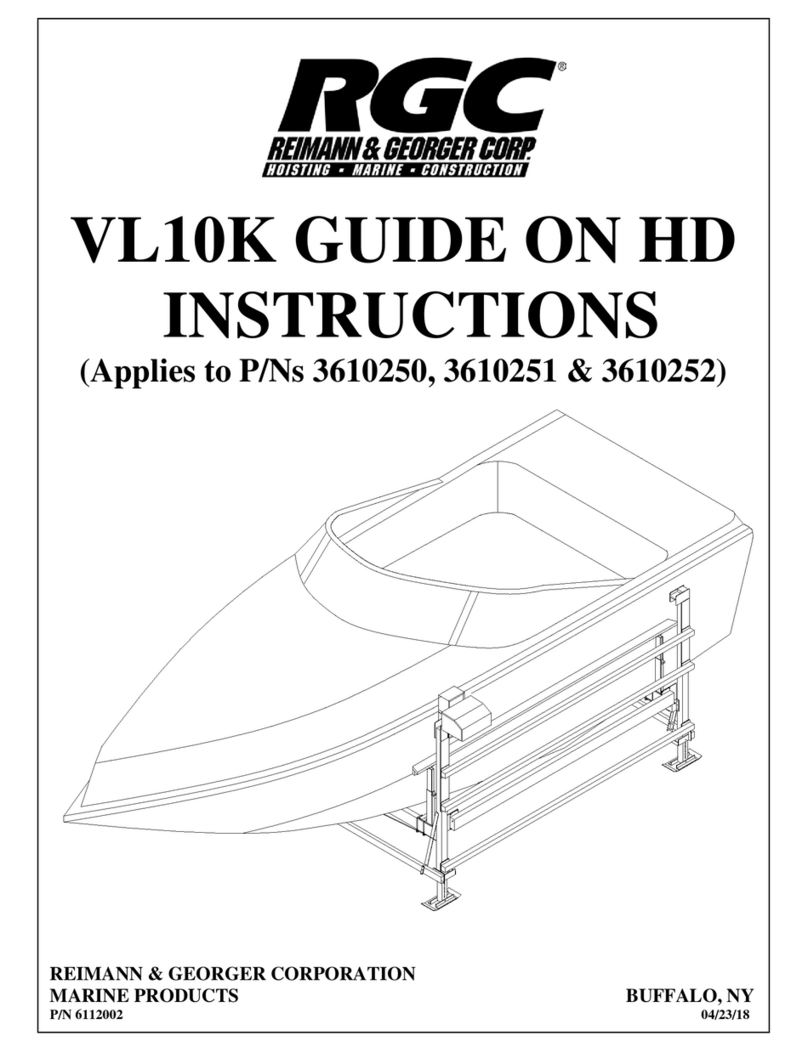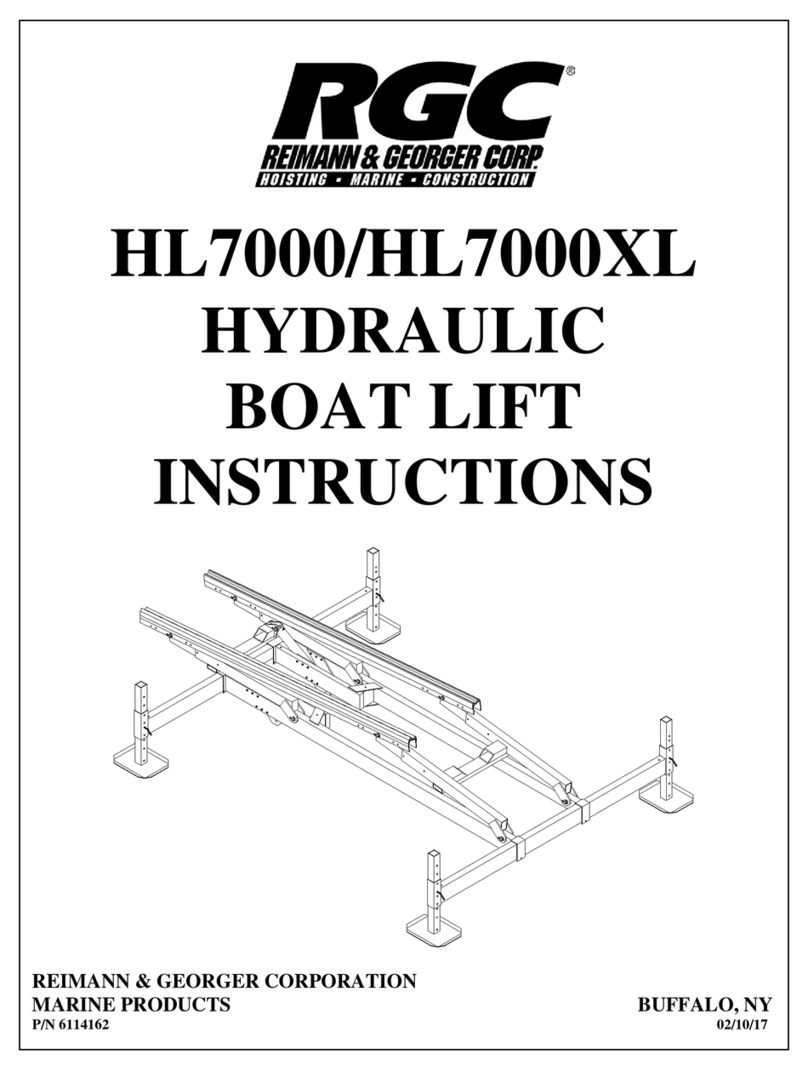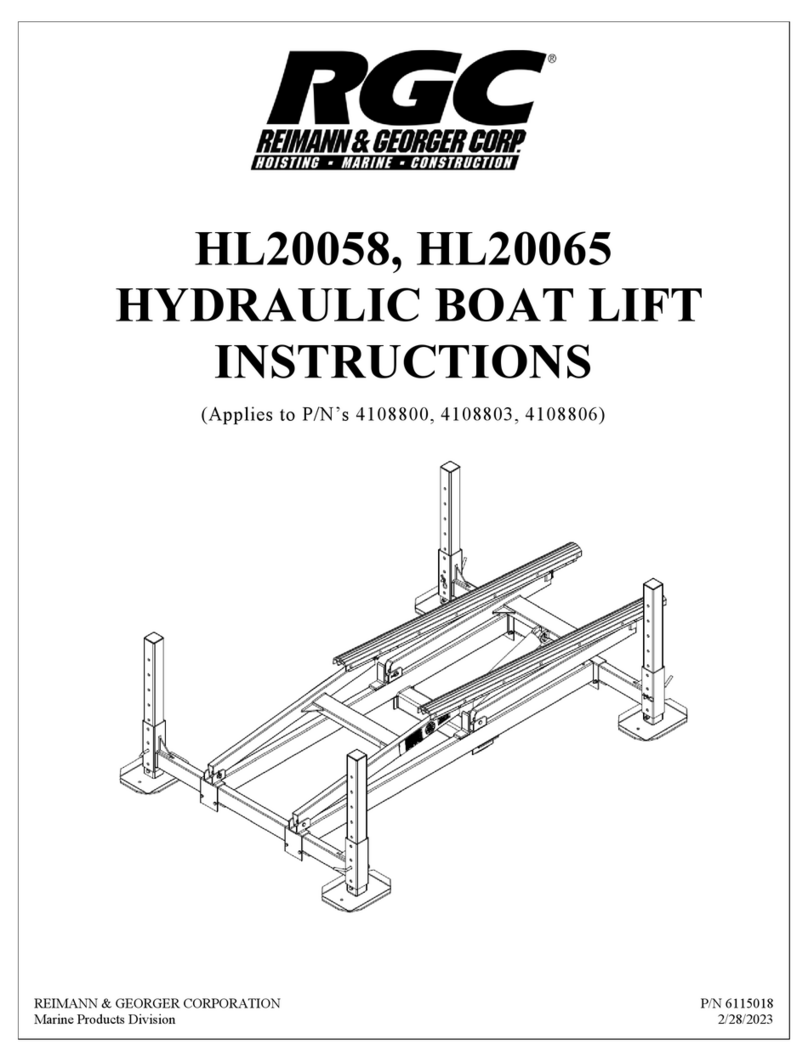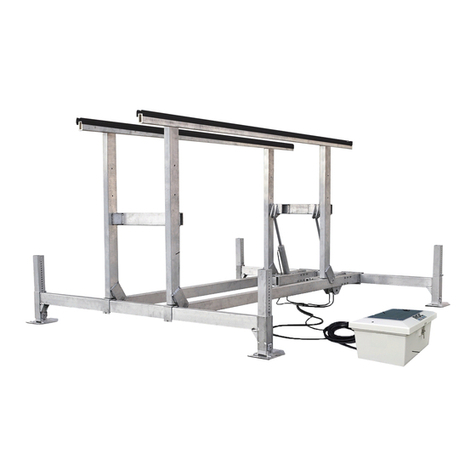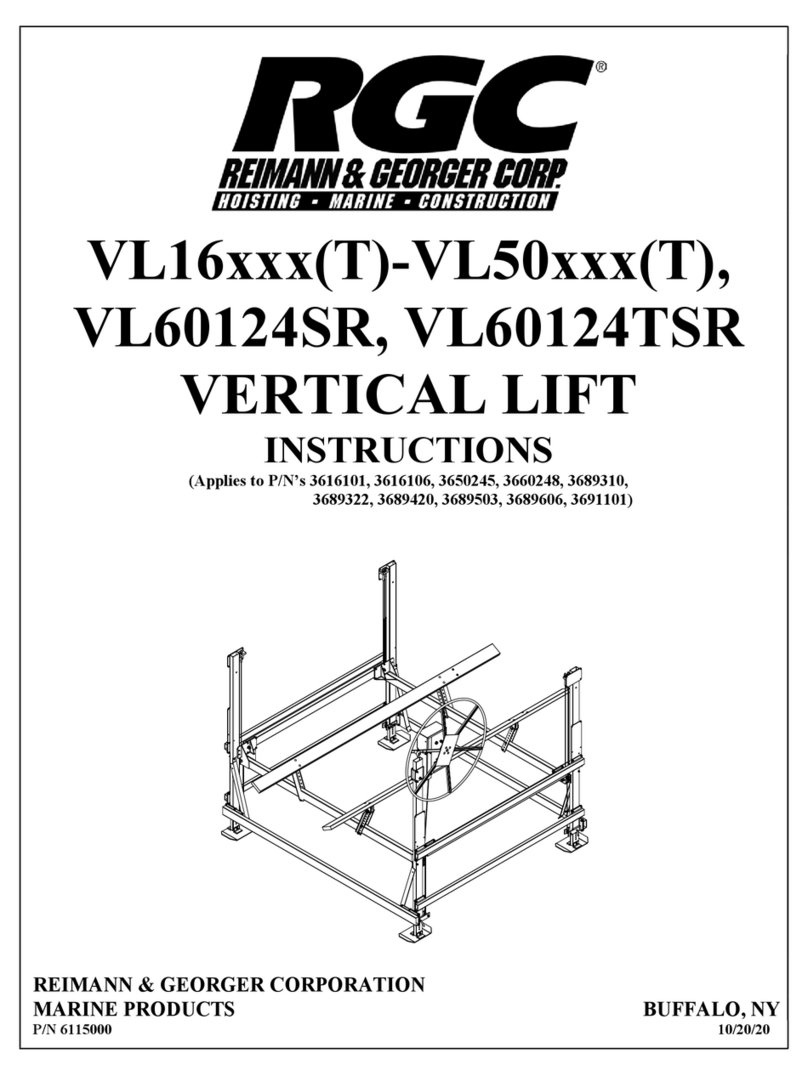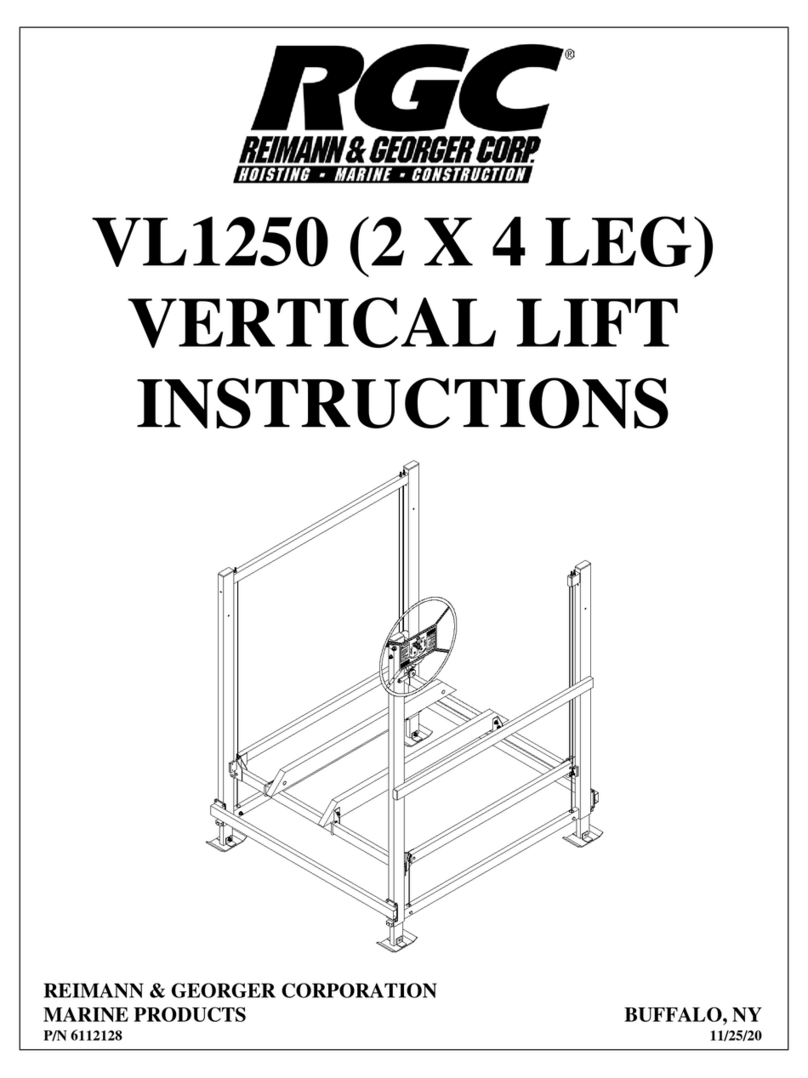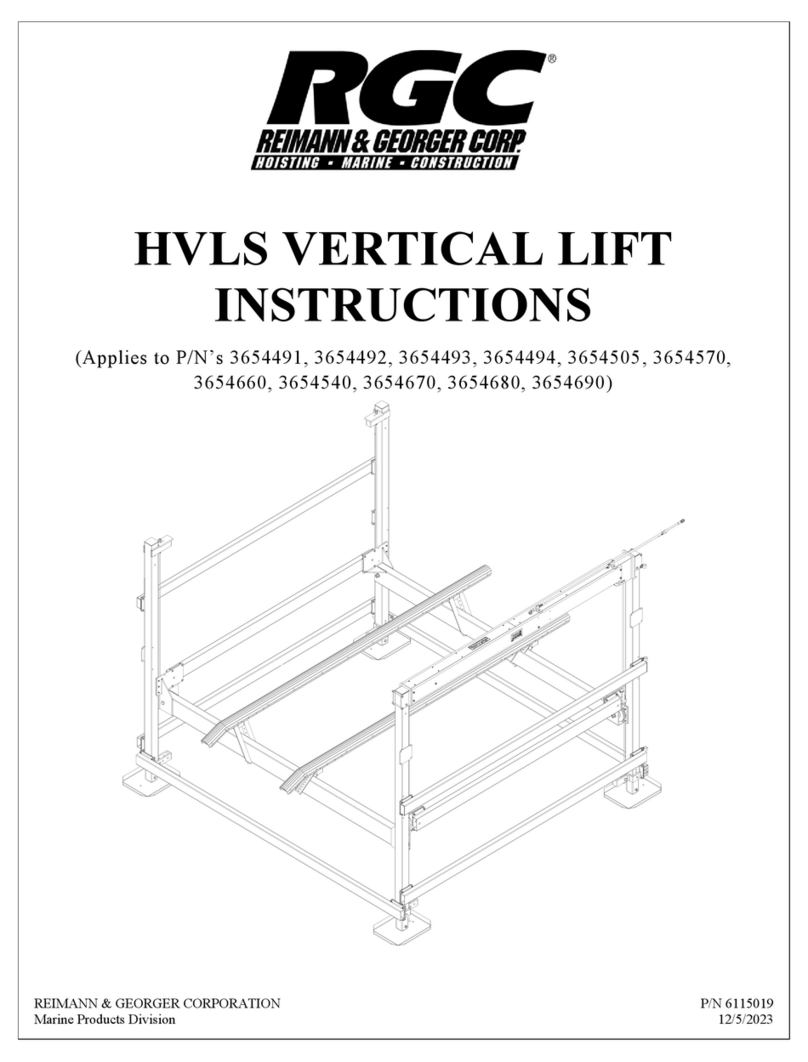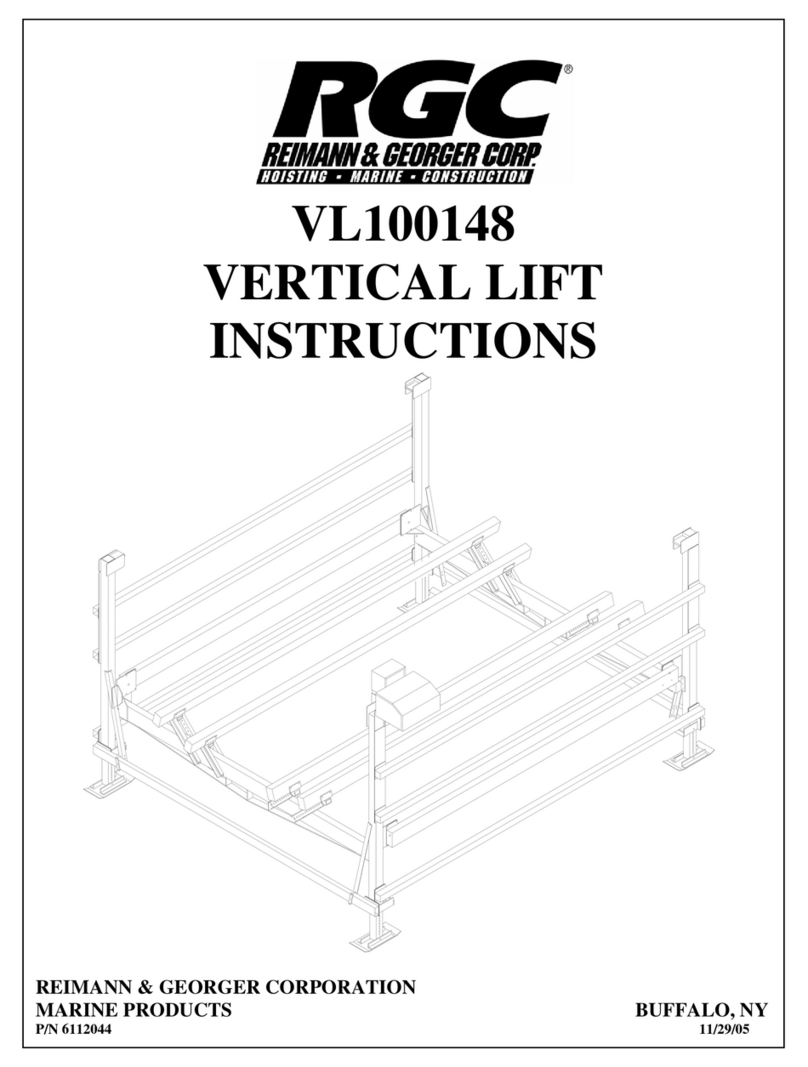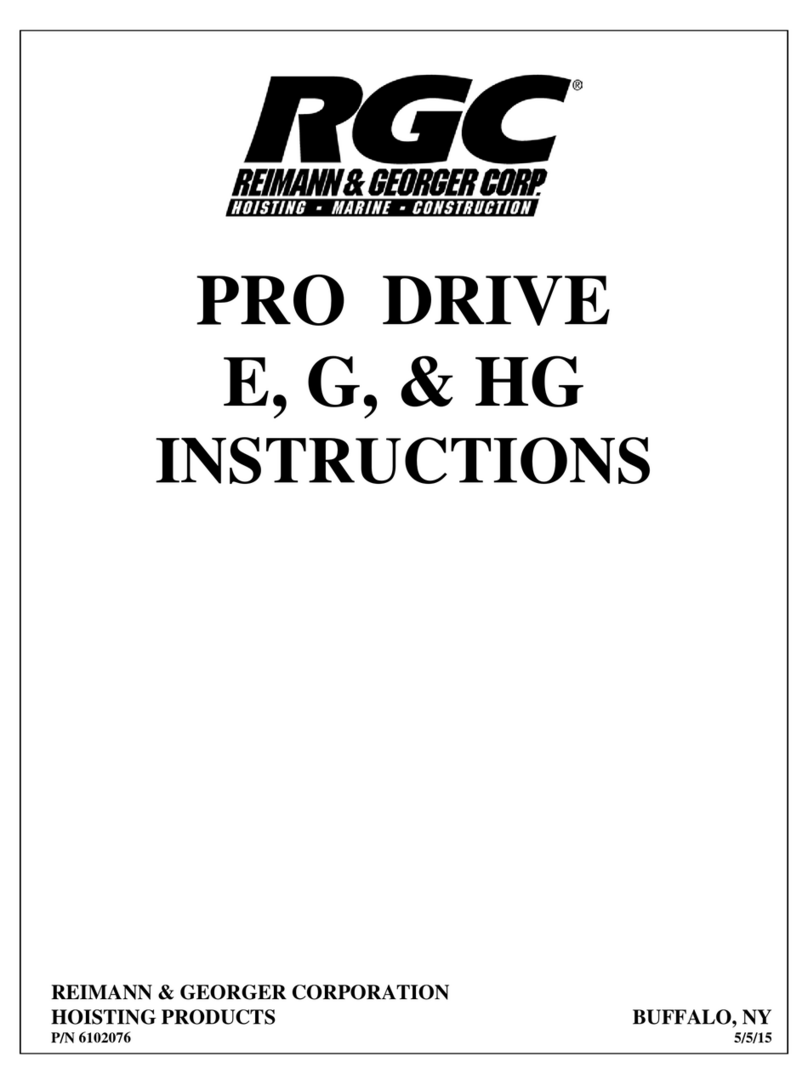
1
Contents
SAFETY ........................................................................................................................................................ 2
1.1. INTRODUCTION ............................................................................................................................................... 2
1.2. SAFETY DEFINITIONS .................................................................................................................................... 2
1.3. EQUIPMENT SAFETY LABELS ...................................................................................................................... 2
1.4. EQUIPMENT AND PERSONNEL SAFETY .................................................................................................... 2
1.5. INSTALLATION SAFETY ................................................................................................................................ 3
1.6. OPERATING SAFETY ...................................................................................................................................... 3
SPECIFICATIONS ....................................................................................................................................... 4
2.1. KEY DIMENSIONS ........................................................................................................................................... 4
2.2. NAMEPLATE AND SERIAL NUMBER TAG ................................................................................................. 5
2.3. OPTIONAL EQUIPMENT ................................................................................................................................. 5
INSTALLATION AND SETUP ................................................................................................................... 6
3.1. PRE-INSTALLATION CHECKS ....................................................................................................................... 6
3.2. PRIOR TO SETUP .............................................................................................................................................. 6
3.3. LEG POCKET ASSEMBLY .............................................................................................................................. 7
3.4. CYLINDER SUPPORT INSTALLATION ........................................................................................................ 8
3.5. LIFT ARM WIDTH ADJUSTMENT ................................................................................................................. 8
3.6. LIFTARM INSTALLATION ............................................................................................................................. 9
3.7. HOSE / CYLINDER ASSEMBLY INSTALLATION ..................................................................................... 10
3.8. ALUMINUM BUNK ASSEMBLY .................................................................................................................. 11
3.9. MAKING POWER CONNECTIONS ............................................................................................................... 12
OPERATION............................................................................................................................................... 13
4.1. BEFORE OPERATING THE LIFT .................................................................................................................. 13
4.2. TESTING LIFT OPERATION ......................................................................................................................... 13
4.3. TESTING LIFT WITH REMOTES .................................................................................................................. 14
4.4. RAISING AND LOWERING THE BOAT ...................................................................................................... 14
4.5. SECURING LIFT WHEN NOT IN USE .......................................................................................................... 14
INSPECTION AND MAINTENANCE ...................................................................................................... 15
5.1. GENERAL MAINTENANCE RULES ............................................................................................................. 15
5.2. CONTROL BOX MAINTENANCE ................................................................................................................. 15
5.3. ANNUAL INSPECTION .................................................................................................................................. 16
5.4. STORAGE PROCEDURE ................................................................................................................................ 16
5.5. HYDRAULIC SYSTEM FLUSH ..................................................................................................................... 17
TROUBLESHOOTING .............................................................................................................................. 18
PARTS LISTS ............................................................................................................................................. 20
7.1. BOAT LIFT ....................................................................................................................................................... 20
7.2. HARDWARE .................................................................................................................................................... 21
7.3. 4122214 HYDRAULIC CYLINDER ASSEMBLY ......................................................................................... 22
LIMITED PRODUCT WARRANTY ......................................................................................................................... 24
COMMERCIAL PRODUCT PROVISIONS .............................................................................................................. 26












